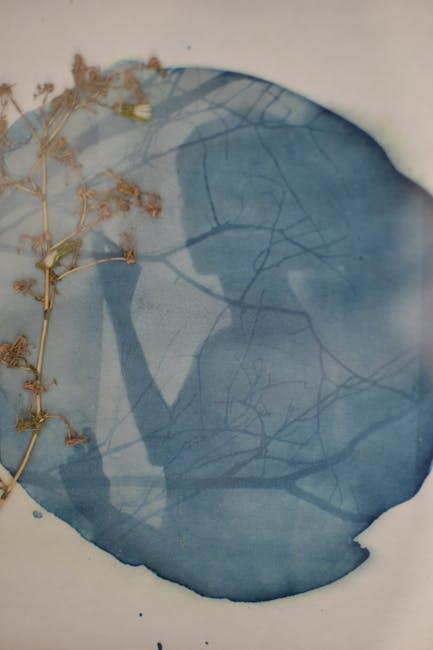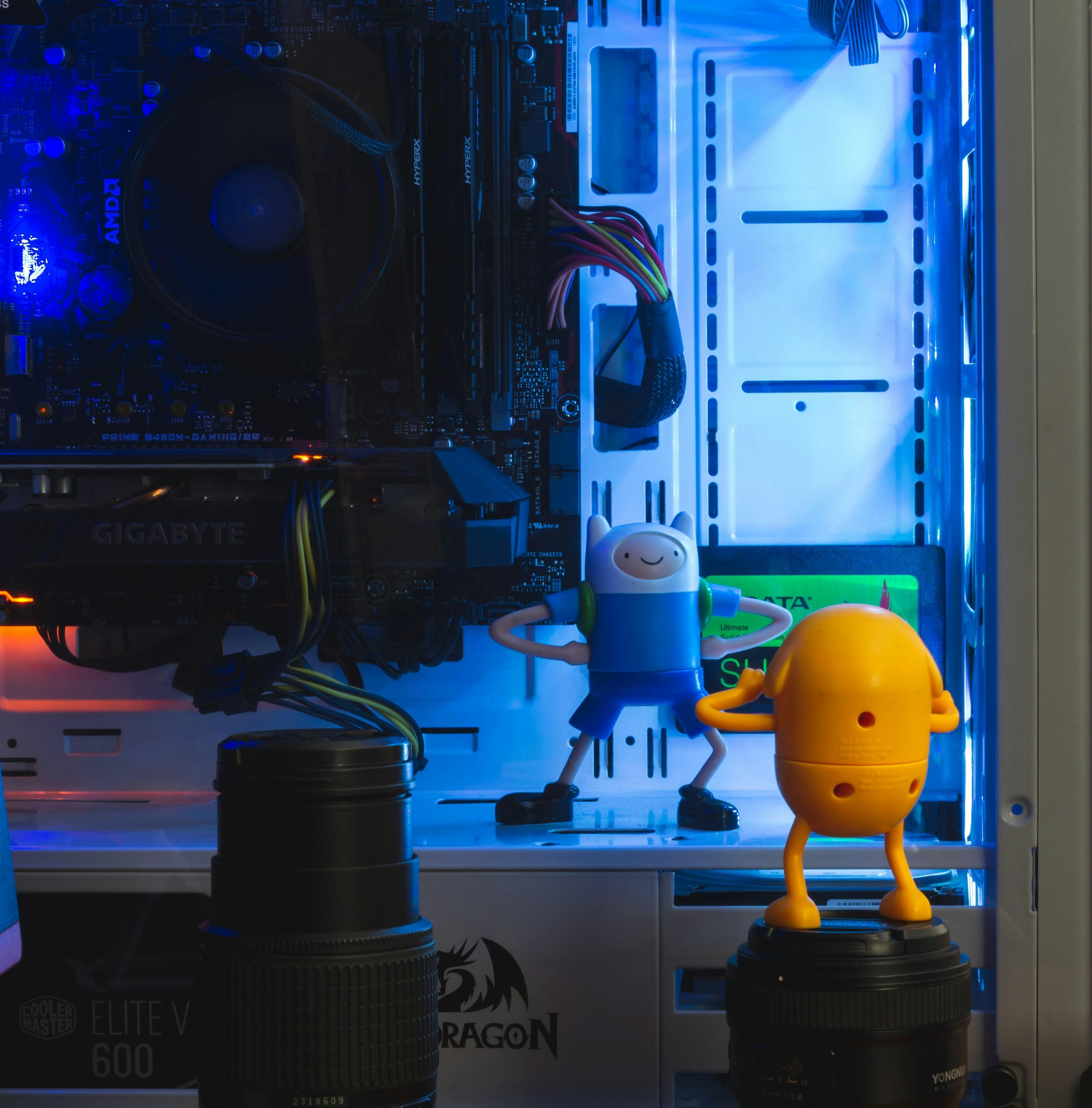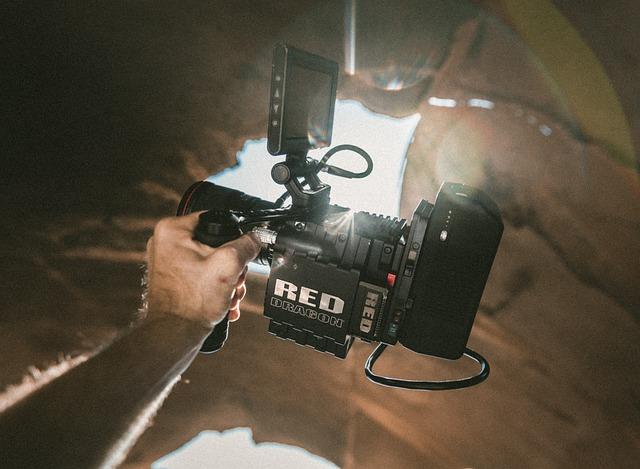In the dimly lit theaters of the early 20th century, audiences were first captivated by the flickering shadows of silent films, where stories were told through expressive gestures and intertitles. Fast forward to today, and the cinematic landscape has transformed into a vibrant tapestry of digital effects, complex character arcs, and immersive worlds. This evolution of storytelling techniques in modern cinematic narratives reflects not just technological advancements but also a profound shift in how stories resonate with audiences. From the nuanced interplay of dialogue and visual symbolism to the innovative use of nonlinear timelines, filmmakers continue to push the boundaries of narrative art. Join us as we explore the fascinating journey of cinematic storytelling, uncovering how the tools and techniques of the trade have evolved to shape the stories that captivate our imaginations today.
Crafting Visual Epics: The Art of Cinematic Storytelling
In the realm of modern cinema, storytelling has transcended mere narrative to become an intricate tapestry of visual and emotional experiences. Filmmakers today wield a diverse array of techniques that craft visual epics, engaging audiences on multiple sensory levels. Cinematic storytelling now embraces a fusion of traditional and innovative methods, creating narratives that resonate with both heart and mind.
- Dynamic Cinematography: The camera has evolved into an expressive tool, capturing not just action but emotion. Techniques like long takes and aerial shots immerse viewers in the world of the story.
- Visual Symbolism: Directors use imagery to convey themes and character arcs, allowing for deeper layers of meaning that unfold with each viewing.
- Non-linear Narratives: Breaking free from chronological constraints, modern films often explore fragmented timelines, encouraging audiences to piece together the narrative puzzle.
- Soundscapes and Scores: Beyond visuals, sound design and music scores have become pivotal in shaping the tone and mood, transforming scenes into visceral experiences.
These elements, combined with advancements in technology and digital effects, have redefined what it means to tell a story on screen. As filmmakers continue to push boundaries, the evolution of storytelling techniques promises an ever-expanding horizon of cinematic possibilities.

From Silent Films to CGI: A Journey Through Time
The evolution of cinematic storytelling is a captivating tale of innovation and artistry. Silent films laid the foundation with expressive acting and visual storytelling, where directors like Charlie Chaplin and Buster Keaton communicated powerful narratives without uttering a single word. As technology advanced, the introduction of sound and color revolutionized the industry, allowing filmmakers to create more immersive experiences. With the arrival of CGI, directors now had the tools to craft fantastical worlds and complex characters that would have been impossible to realize in the past.
- Silent Era: Relied on visual expression and intertitles.
- Sound and Color: Brought new dimensions to storytelling.
- CGI Revolution: Enabled the creation of expansive universes and realistic effects.
Today, the blend of traditional techniques and digital innovation has given rise to narratives that are both visually stunning and deeply engaging. Filmmakers now have a diverse toolkit to draw from, allowing them to experiment with storytelling in ways that continuously push the boundaries of what cinema can achieve.
 Character Arcs and Plot Twists: Enhancing Narrative Depth”>
Character Arcs and Plot Twists: Enhancing Narrative Depth”>
Character Arcs and Plot Twists: Enhancing Narrative Depth
In the realm of modern cinematic narratives, the intricate weaving of character arcs and plot twists plays a pivotal role in enhancing the depth and engagement of storytelling. Character arcs, the transformative journey of characters throughout a story, provide audiences with a window into personal growth, internal conflict, and resolution. A well-crafted arc not only makes characters relatable but also grounds the fantastical elements of a narrative in human experience. These arcs often serve as the backbone of the plot, guiding viewers through the emotional landscape of the film.
Plot twists, on the other hand, are the unexpected turns that keep audiences on the edge of their seats. They challenge assumptions, subvert expectations, and inject a dynamic energy into the narrative. In contemporary cinema, plot twists are employed not just for shock value but to deepen thematic resonance and character development. Consider the following elements that contribute to effective plot twists:
- Foreshadowing: Subtle hints that set the stage for revelations.
- Complexity: Layers of narrative that intertwine, leading to unexpected outcomes.
- Emotional Impact: Twists that resonate emotionally, reinforcing character arcs.
By combining the gradual evolution of character arcs with the surprise of plot twists, filmmakers create narratives that are not only compelling but also rich in emotional and thematic depth.

Innovative Techniques for Future Filmmakers
In the rapidly evolving world of cinema, the art of storytelling is undergoing a transformation fueled by technological advancements and creative exploration. Future filmmakers are now leveraging a variety of innovative techniques to captivate audiences in unprecedented ways. From the use of virtual reality (VR) and augmented reality (AR) to craft immersive narratives, to the incorporation of artificial intelligence (AI) for dynamic scriptwriting and character development, the possibilities are limitless.
Today’s cinematic narratives are also embracing non-linear storytelling, allowing audiences to engage with multiple plotlines simultaneously. This technique not only challenges traditional storytelling structures but also provides viewers with a more interactive experience. Key innovations include:
- Interactive Films: Offering viewers choices that affect the storyline, creating a personalized journey.
- Transmedia Storytelling: Expanding narratives across multiple platforms, such as web series, games, and social media.
- Experimental Cinematography: Utilizing drones, 360-degree cameras, and other cutting-edge tools to create visually stunning experiences.
These techniques are not just reshaping the way stories are told but also redefining the role of the audience in the cinematic experience.

